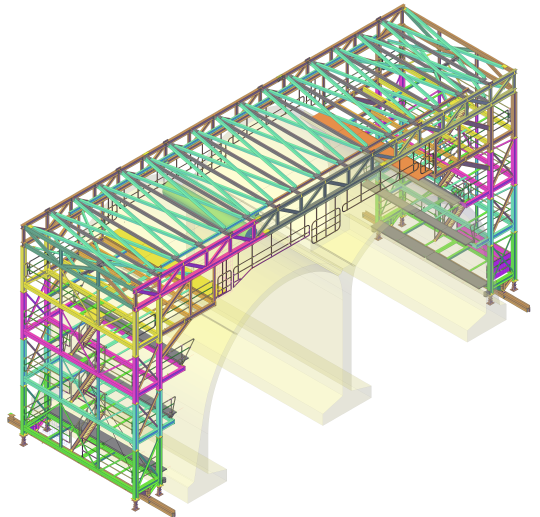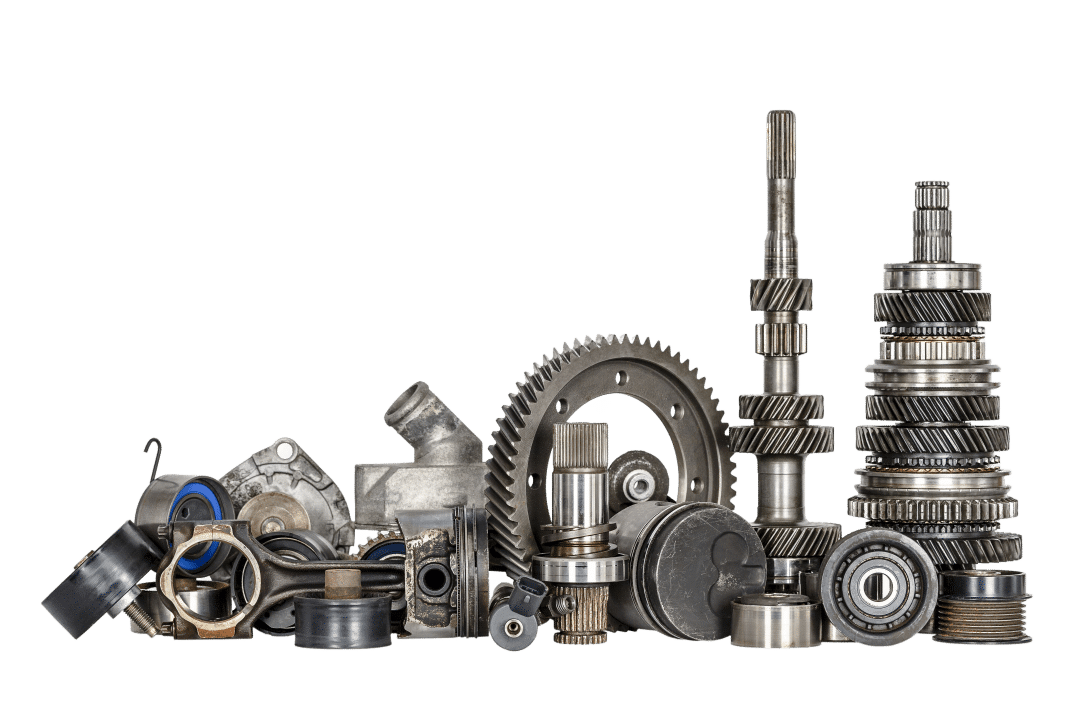Fabrication drawings are essential in the fabrication industry as they guide all structural construction processes. Accuracy in the drawings is therefore paramount. This article shows you how to check fabrication drawings to ensure they serve their intended purpose well.
What are fabrication drawings?
Fabrication drawings or shop drawings are detailed diagrams that provide fabricators with the correct information to build, fabricate, assemble and install all the components of a structure. You’ll find assembly drawings and single-part drawings. Assembly drawings show the metal beams and plates’ positioning, hole position and size, weld type and size, parts numbers, and finishing on the metal. On the other hand, single-part drawings provide details for a specific component in the assembly.
Where are fabrication drawings used?
These drawings are commonly used in structural steel detailing, sheet metal work, architectural steelwork, and balustrading, handrail, and stairs construction. Fabrication drawings are also necessary for obtaining architectural approval before such construction work can proceed.
Why are fabrication drawings necessary?
Minimises errors
Fabrication drawings produced as 2D drawings and 3D CAD models are a detailed visual representation of the structure, with all parts positioned as they will be in their physical form. These drawings can easily be edited in case of corrections, thus ensuring no errors in the final product as long as those instructions are followed.
Saves costs
3D CAD (Computer Aided Design) drawings and models can be easily tested through simulations and their details altered to suit your specific needs. Such alterations, additions, and other modifications are made on the models, thus ensuring no waste when producing the final structure. In addition, the model guides your purchase and budgeting considerations, thus helping to lower costs by eliminating redundancies.
Enables faster and seamless construction
These detailed drawings with clear instructions enable fabricators to get on with the construction process without altering any part of the structure. By following those instructions, they will have the structure ready in the shortest time possible.
How to check fabrication drawings
The primary goal of checking or reviewing fabrication drawings is to confirm they are in line with the structural design per the client’s expectations. Therefore, the checking process should focus on the accuracy of details like:
• Beam and plate sizes and the type of metal
• The position of each piece on the structure
• Camber, if any
• Type of surface preparation and coating, if any
• Connections in terms of connector sizes, type and material specification, hole sizes and types, etc.
• Stiffeners
Here are tips to apply when checking fabrication drawings to ensure accuracy:
Ensure the fabrication drawings adhere to the Design for Manufacture (DFM) guidelines
DFM guidelines ensure the design produces components or an overall structure that’s easy to manufacture, of high quality and at a minimal cost. Therefore, these guidelines simplify, optimise and refine the fabrication design. Check whether the fabrication drawings comply with DFM guidelines in the early stages of the process to save time and costs.
Ensure the views provide clear design communication
Fabrication drawings offer different perspectives of a structure through views that describe all the structure’s features and orientation in space, all anchored to the assembly’s centre of gravity. Therefore, check whether the drawings have sectional and cross-sectional views, axonometric views and orthographic projections.
Check that there are no excessive and unnecessary details
Fabrication drawings need to be as detailed as possible to ensure the final product is exactly as the model intended. However, the more intricate the design, the higher the likelihood of providing overwhelming details. In contrast, leaving out some details for simplicity could leave shop floor technicians handicapped. Therefore, check that the details focus on the manufacturing conditions, the necessary manufacturing tools, and the product’s intent.
Check that the fabrication drawings follow the drawings-model approach
Fabrication drawings with 2D drawings and 3D models combine the visual representation of the models with intricate detailing, thus enabling better design interpretation and manufacturing.
Conclusion
Accurate and detailed fabrication drawings ensure the manufacturing process is fast, efficient and cost-effective. We understand how to help you attain these objectives. Call us today, and let us show you how we will accelerate your manufacturing processes.


